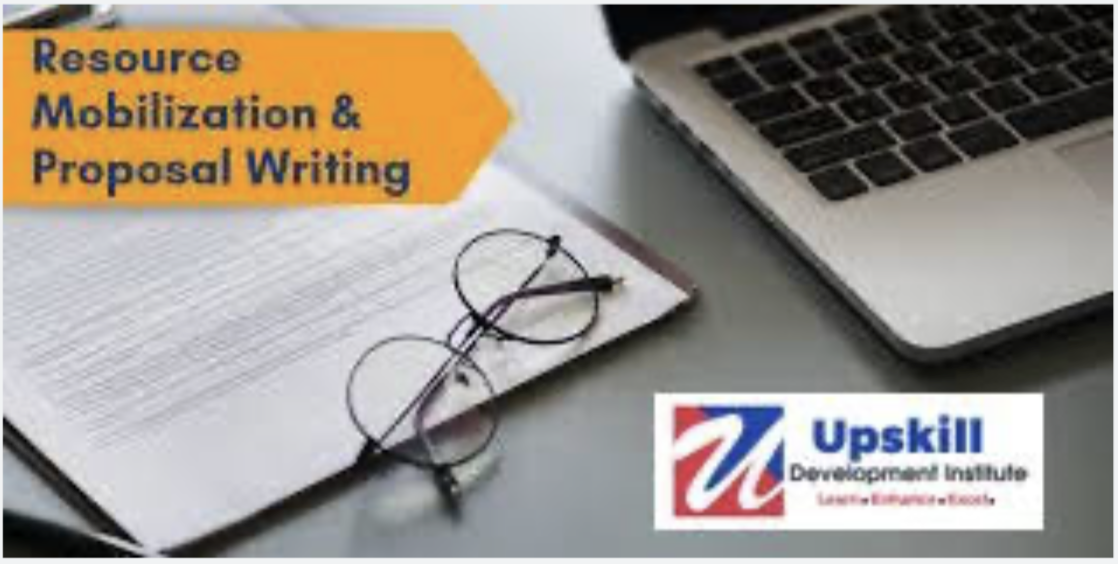Last Updated: 28/05/2024
The Impact of exercise training, physical activity and sedentary lifestyle on clinical outcomes in surviving patients infected with the severe acute respiratory syndrome coronavirus 2: Cross-sectional study
Objectives
The present study aims to assess the impact of exercise training, physical activity, and sedentary lifestyle on clinical outcomes in surviving patients infected with the severe acute respiratory syndrome coronavirus 2 (SARS-CoV-2).
Specific Objectives:
- Identify the number of hospitalizations between physically active and sedentary patients.
- Detect symptoms of the disease (such as fever, cough, shortness of breath, and muscle pain); length of hospital stay and percentage of mechanical ventilation between physically active and sedentary patients.
The new severe acute respiratory syndrome coronavirus 2 (SARS-CoV-2) is responsible for the 2019 novel coronavirus (COVID-19) disease, initially discovered in the city of Wuhan, China, at the end of December 2019. In March 2020, the World Health Organization (WHO) declared SARS-CoV-2 as a worldwide pandemic. The disease quickly spread to several continents, also reaching Brazil strongly. This pandemic claimed (and still does) several victims, affecting more than 3 million confirmed cases worldwide with more than 200,000 deaths (official data: coronavirus.jhu.edu/map.html). In Brazil alone, by the time of writing this research project, 60,311 cases have been confirmed with 4,117 deaths. Epidemiological studies show that these numbers can be even higher, reaching up to eight times the number of cases.
As a new virus with such lethality and without the knowledge of its pathophysiology, WHO and the governments of each country have adopted isolation and social distance as a preventive measure to contain the spread of the virus, especially among the most vulnerable people such as the elderly, obese, diabetics and patients with cardiovascular diseases. So far, there is no effective and scientifically proven treatment for the disease, nor a vaccine for its effective control. In this sense, preventive measures such as personal hygiene, good nutrition and physical exercise seem to be the best forms of prevention. However, it is not known whether these measures can prevent contagion or whether they help the recovery of patients infected with SARS-CoV-2. It is well known that exercise training improves the response of the immune system providing protection against infections caused by intracellular microorganisms, thus being an important prevention strategy against SARS-CoV-2.
The present study aims to assess the impact of exercise training, physical activity, and sedentary lifestyle on clinical outcomes in surviving patients infected with the SARS-CoV-2 virus. Therefore, this study will evaluate cross-sectionally and through a questionnaire in Portuguese and English on the internet, whether physically active patients have better outcomes for the disease such as shorter hospital stay, lesser symptoms, and lesser need for mechanical ventilation and medications.
Observational; Cross-sectional Cohort
Electronic questionnaire
- Clinical, anthropometric, and sociodemographic variables to characterize the sample will be collected using the Google Form. The same tool will be used to collect clinical variables (outcomes), as well as to obtain data on the level of physical activity and sedentary behavior time (predictor variables) prior to SARS-CoV-2 contamination. For this, we will use the International Physical Activity Questionnaire (IPAQ).
Primary Outcome Measures :
Number of hospitalizations [ Time Frame: Up to 6 months after hospital discharge and/or full recovery from the disease (asymptomatic)] – Number of hospitalizations required due to COVID-19
Secondary Outcome Measures :
Percentage of symptoms of the disease [ Time Frame: Up to 6 months after hospital discharge and/or full recovery from the disease (asymptomatic) ] – Symptoms such as fever, cough, shortness of breathe, and muscle pain due to COVID-19
Length of hospital stay [ Time Frame: Up to 6 months after hospital discharge and/or full recovery from the disease (asymptomatic) ] – Length of hospital stay required due to COVID-19
Percentage of mechanical ventilation [ Time Frame: Up to 6 months after hospital discharge and/or full recovery from the disease (asymptomatic) ] – Need for mechanical ventilation during hospitalization due to COVID-19
Jun 2020 — Jan 2021

